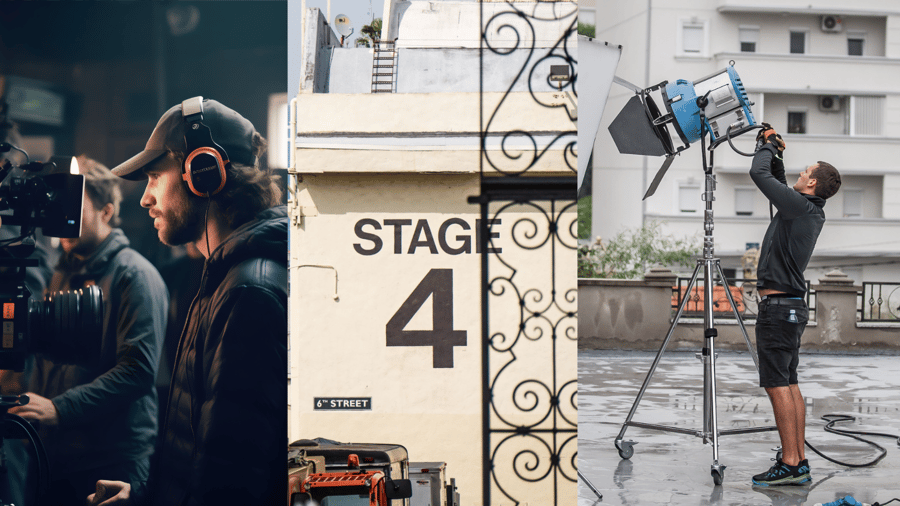The Art of Film Budgeting: Identifying the 'People, Places, and Things'

Many people think the script is the blueprint, however you can produce the same script for $50K or $100M, but it’s the budget that determines the choices you make from the talent to locations to the length of the shooting schedule.
The success of your budget can be broken down to how well you account for these three buckets: People, places, and things.
It may sound simplistic, however the art is how you integrate them into your budget. Based on my 20 years in the industry as a producer I’ve seen many ways to do so and the key is to ask as many questions as possible.
Let's do a quick dive into what constitutes the people, places, and things of a film budget.
People
Multiple people are required to ensure a production is successful. From Actors, Writers and the Director to the Key Grip, Teamster Captain, Chef, and Editor to name only a few.
Example: When deciding on a Key Grip you will need to uncover the size team he/she needs to carry for run of show and see if that is in alignment with the budget. Also, what is his/her experience with the type of project you are producing and if he has the skills to get what the creatives are requiring.
Places
Where are you going to actually shoot your project? In a bar, on a stage or a city street? Is your project primarily a location based shoot or do you have many builds? This can determine the skill level needed for your crew.
Builds are more complicated than shooting in actual locations and typically require a higher level of skill in craftsmanship and rigging.
But if you’re shooting on location, your Location Department will need to be highly skilled on the rules of the city you are shooting in and be masters of logistics.
You’ll also need to account for a place for your team to work and collaborate, store items like set decoration, park the vehicles and feed your cast and crew.
Things
There is a tremendous amount of “stuff” needed to produce a project. From camera gear, picture vehicles, hard drives, recycle & compost bins, wardrobe and makeup.
Requests based on the creative elements are defined by the producer and director.
Example: If you budget for a crane, you’ll also need to account for how many crew members will be needed to rig and operate the crane, identify where the crew needs the lighting position and if there will be an additional location fee, add money for additional lighting and grip gear to ensure proper lighting, transportation crew to pick up and drop off the crane.
It can be deceiving to get a quote for a crane for $2500 and then realize it could cost over $10,000 after accounting for all the people, places, and things that will be required.
It’s an art, not a science
Budgeting is more of an art than a science. It's not just numbers on a spreadsheet, it's full of people, places and things that are ever changing. This makes it imperative for you as a producer to continue to ask the right questions around these three buckets and clarify what is important to move things forward in order to ensure you stay on budget.
✅ Want a more in depth look at the people, places, and things in film budgeting? I’m running an interactive online workshop on The Art Of Film Budgeting. You can learn more and register here.
**This is a course run independently by Claudine Marrotte and not officially part of GreenSlate training programs. We aim to always support the filmmaking community and promote learning opportunities like Claudine’s course.
Topics:
Budgeting
Claudine Marrotte
Claudine Marrottee is a Producer / Filmmaker with over 20 years of experience in the industry. She is a member of the Directors Guild of America and credited as Producer for 23 titles.
Related Posts
Access our blog for the inside scoop on what’s happening around the production office.
Get The Best of The Blog
Get the best of the GreenSlate blog once a month in your inbox by signing up for our GreenSlate Newsletter.
“If you're not using GreenSlate for processing production payroll, then you're not thinking clearly. We run about 10–12 productions a year and have used several of their competitors. I've put off sharing this as I've truly felt they've been a competitive advantage.”
Jeffrey Price
CFO at Swirl Films, LLC
.jpg?width=300&name=Coding-Power-Simplified-BLOG%20(1).jpg)

